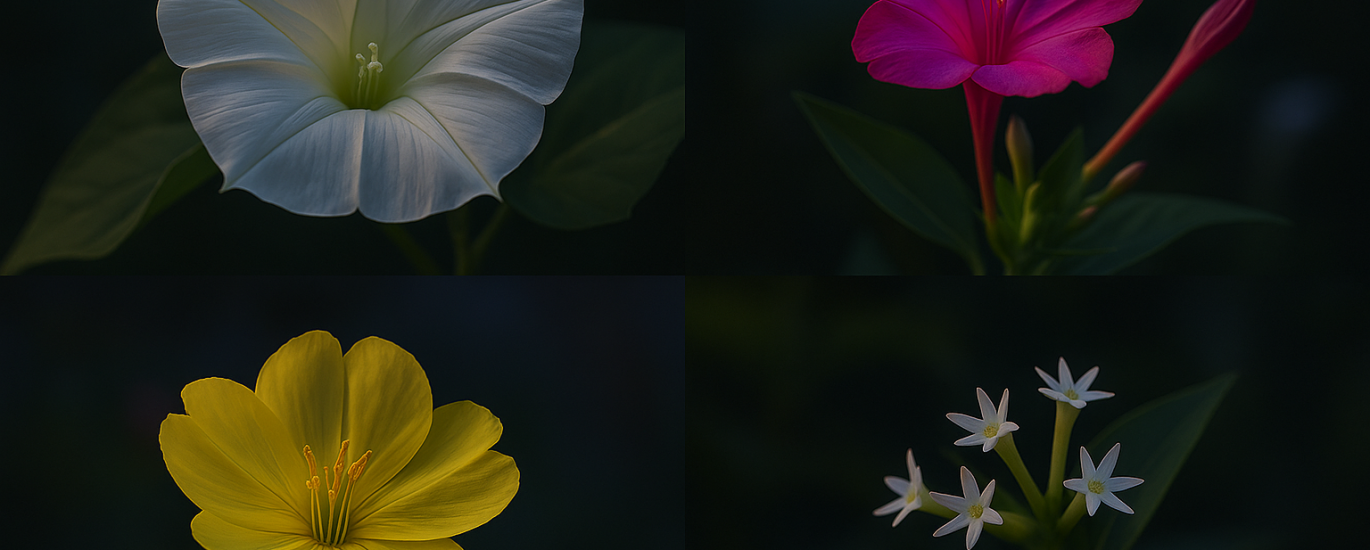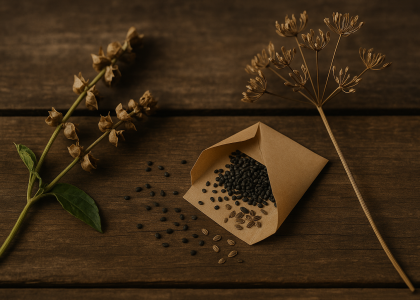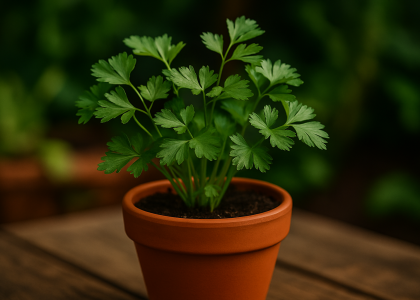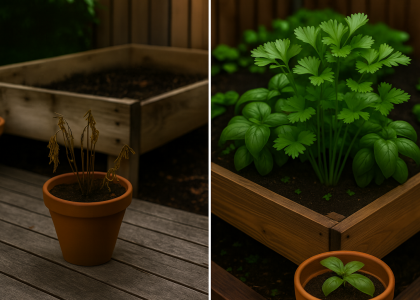Discover the Magic of Night-Blooming Beauties for Your Garden
Table of Contents
- Why Evening Bloomers Are Special
- Top 4 Flowers That Bloom at Night
- Moonlight Pollinators: Nature’s Night Crew
- Design Your Own Moon Garden
- Evening Bloom Time-Lapse Video
- FAQs: Night-Blooming Garden Tips
- Download Your Free Moon Garden Planner
Why Evening Bloomers Are Special
When the sun goes down, a different kind of beauty awakens. Evening bloomers are plants that time their blossoms for dusk or night—attracting nocturnal pollinators, releasing intoxicating scents, and creating a soothing nighttime sanctuary.
Perfect for: Busy gardeners, balcony dreamers, or anyone who loves sitting outside after dark.
Top 4 Flowers That Bloom at Night
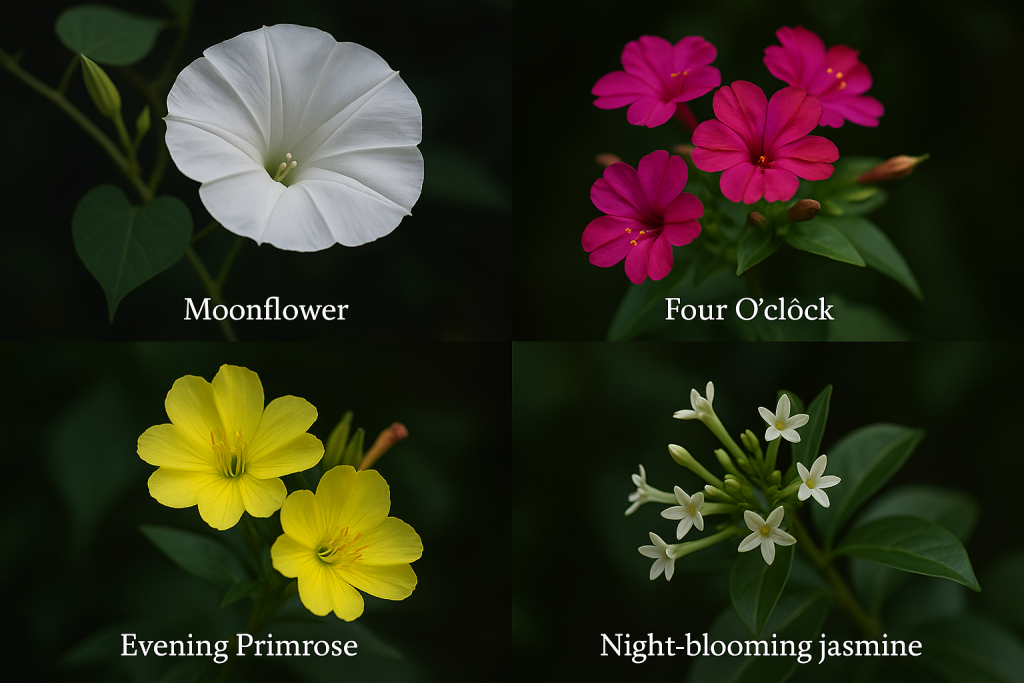
1. Moonflower (Ipomoea alba)
- Large, luminous white blooms
- Opens at dusk and closes by morning
- Fragrant, vine-forming, perfect for trellises
2. Four O'Clock (Mirabilis jalapa)
- Colorful trumpet-shaped blooms
- Blooms open around 4 PM till evening
- Easy to grow from seed, ideal for beginners
3. Evening Primrose (Oenothera biennis)
- Yellow flowers that unfurl in real-time
- Pollinated by moths and night beetles
- Adds a cheerful, wildflower feel
4. Night-Blooming Jasmine (Cestrum nocturnum)
- Small greenish-white flowers, intensely fragrant
- Scent peaks at night, especially in warm weather
- Great for containers or patio borders
Moonlight Pollinators: Nature’s Night Crew
Night-blooming flowers aren’t just visually striking—they're crucial for nighttime pollinators:
- Sphinx moths and hawkmoths have long tongues that reach into deep trumpet-shaped blooms like moonflowers.
- Bats are drawn to the strong fragrance of plants like night-blooming jasmine and assist in pollination.
- Nocturnal bees and beetles love flowers that emit scent and glow under moonlight.
Planting evening bloomers is a simple way to support biodiversity and sustain your garden’s ecosystem long after the sun goes down.
Design Your Own Moon Garden
Night gardens aren’t just practical—they're healing. Here's how to start:
- Lighting: Add solar lanterns or fairy lights
- Contrast: Choose light-colored or silver foliage
- Pollinators: Think moths, bats, and night bees
- Sound: Wind chimes or a soft bubbling fountain
- Containers or Raised Beds: Perfect for renters or small patios
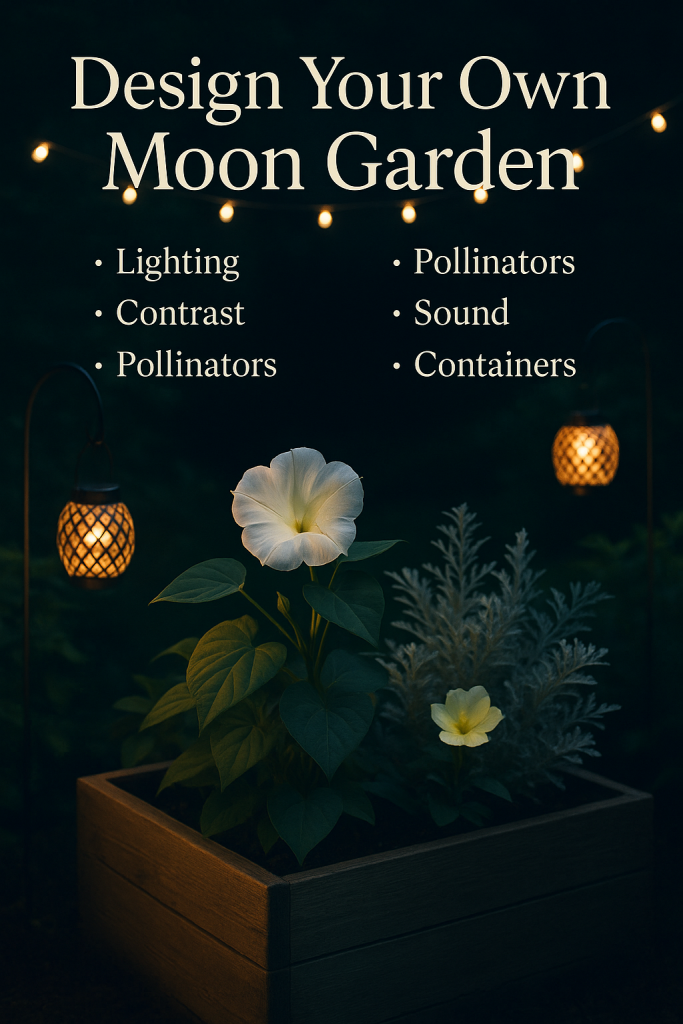
Evening Bloom Time-Lapse Video
Don’t miss our exclusive YouTube Shorts video showcasing real-time flower openings at twilight.
Watch now: Evening Bloomers in Action | Time-Lapse Garden Magic
FAQs: Night-Blooming Garden Tips
Q: What are the best container plants for a moon garden?
A: Moonflower, night-blooming jasmine, and four o’clocks thrive in pots and provide stunning nighttime interest.
Q: Do moonflowers bloom more than once a season?
A: Yes! With warm temperatures and regular watering, moonflowers can bloom multiple times through summer and early fall.
Q: What do night-blooming flowers attract?
A: They attract moths, bats, and other nocturnal pollinators, adding both beauty and biodiversity to your space.
Q: Can I grow a moon garden in partial shade?
A: Absolutely. While most night bloomers prefer full sun, jasmine and evening primrose can tolerate partial shade and still thrive.
Download Your Free Moon Garden Planner
Ready to design your own dreamy night garden?
Click below to get your FREE printable guide — perfect for beginners:
- Flower pairing chart
- Light and bloom time tracker
- Fragrance layering tips
Bonus: Print it, pin it, and start planting under the stars.
Final Thoughts
Evening bloomers are more than plants—they're an experience. Whether you’re sipping tea on the porch or enjoying a quiet evening stroll, these flowers bring your garden to life after the sun goes down.
Try planting just one—and let the night surprise you.
Which of these evening bloomers would you plant first? Let us know in the comments or tag @Greenmuse in your moonlit garden photos!
[Pin this blog to your Moon Garden board ]

